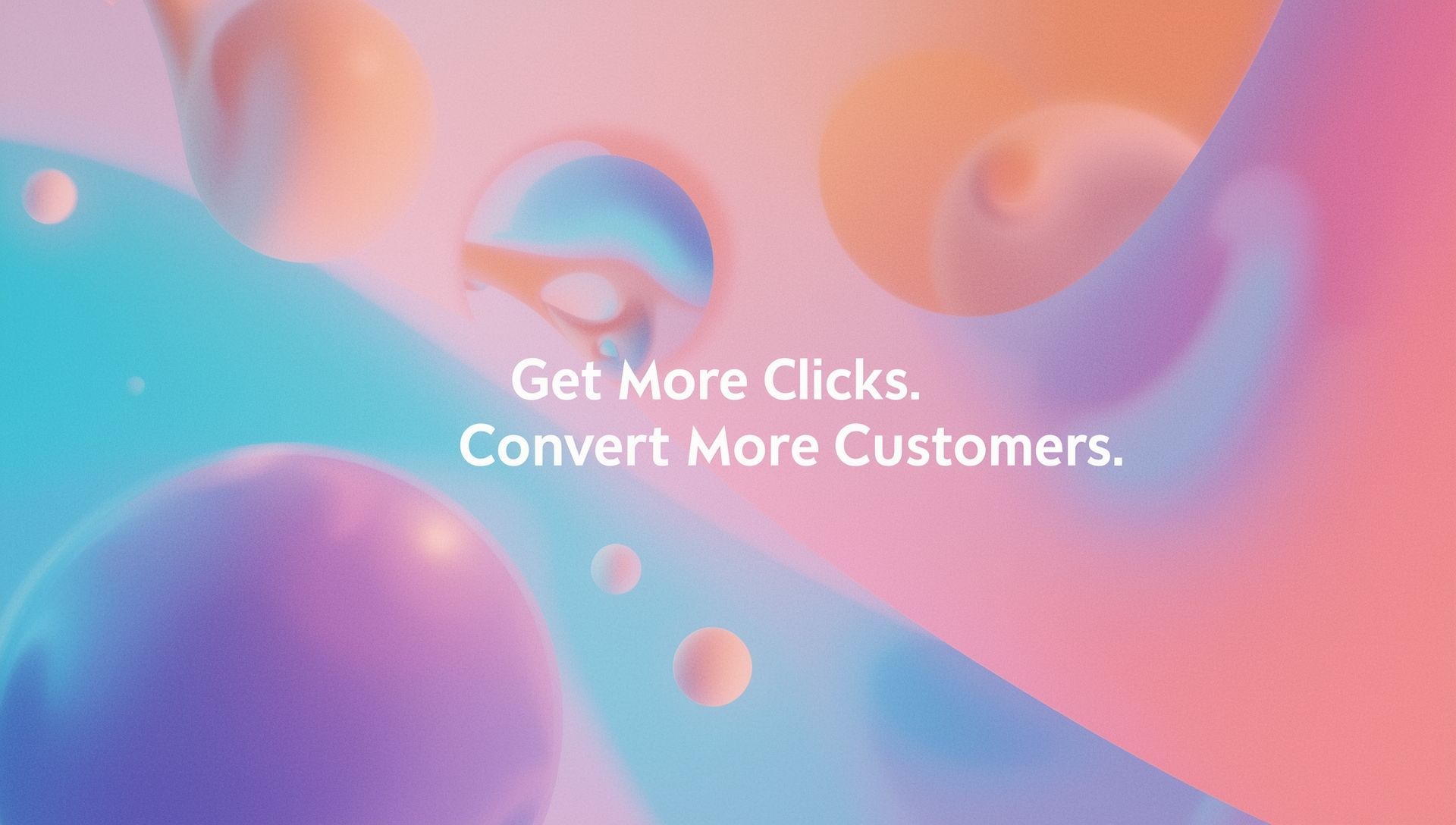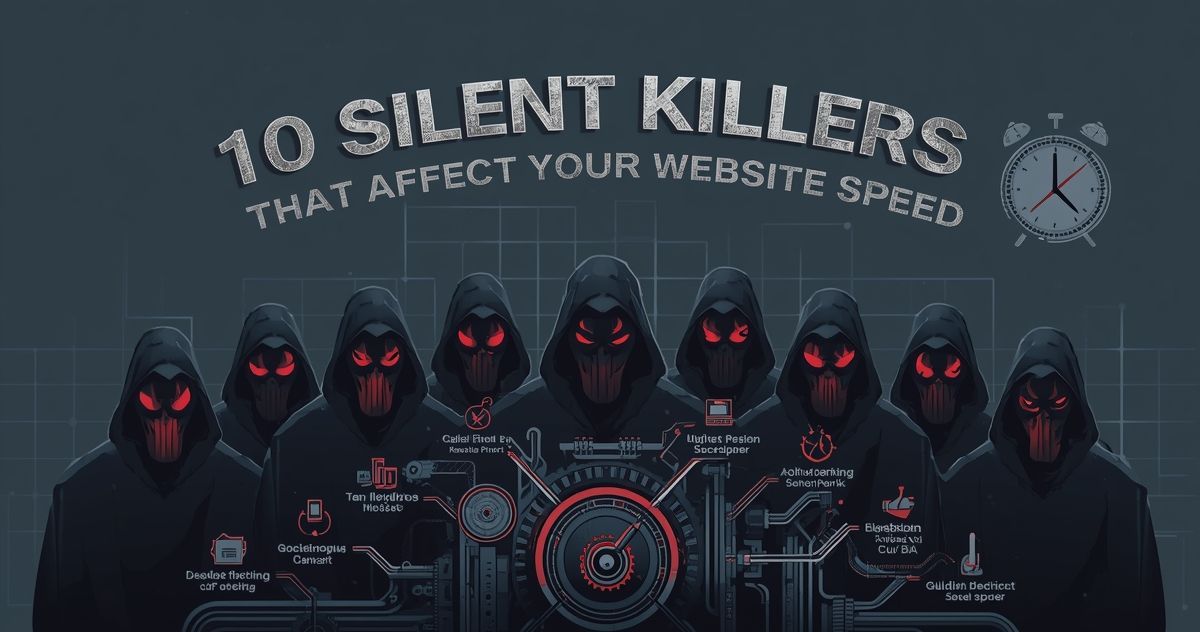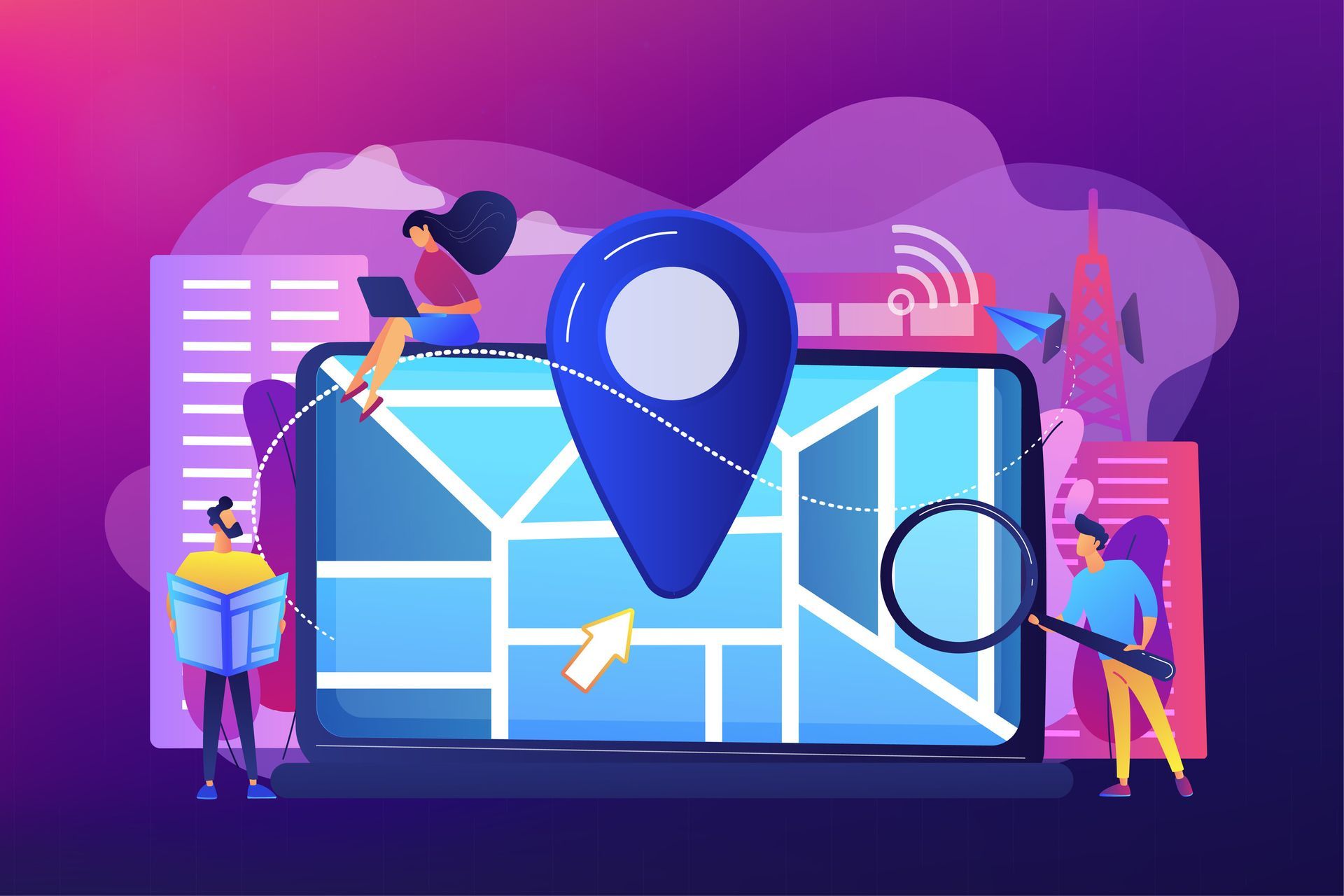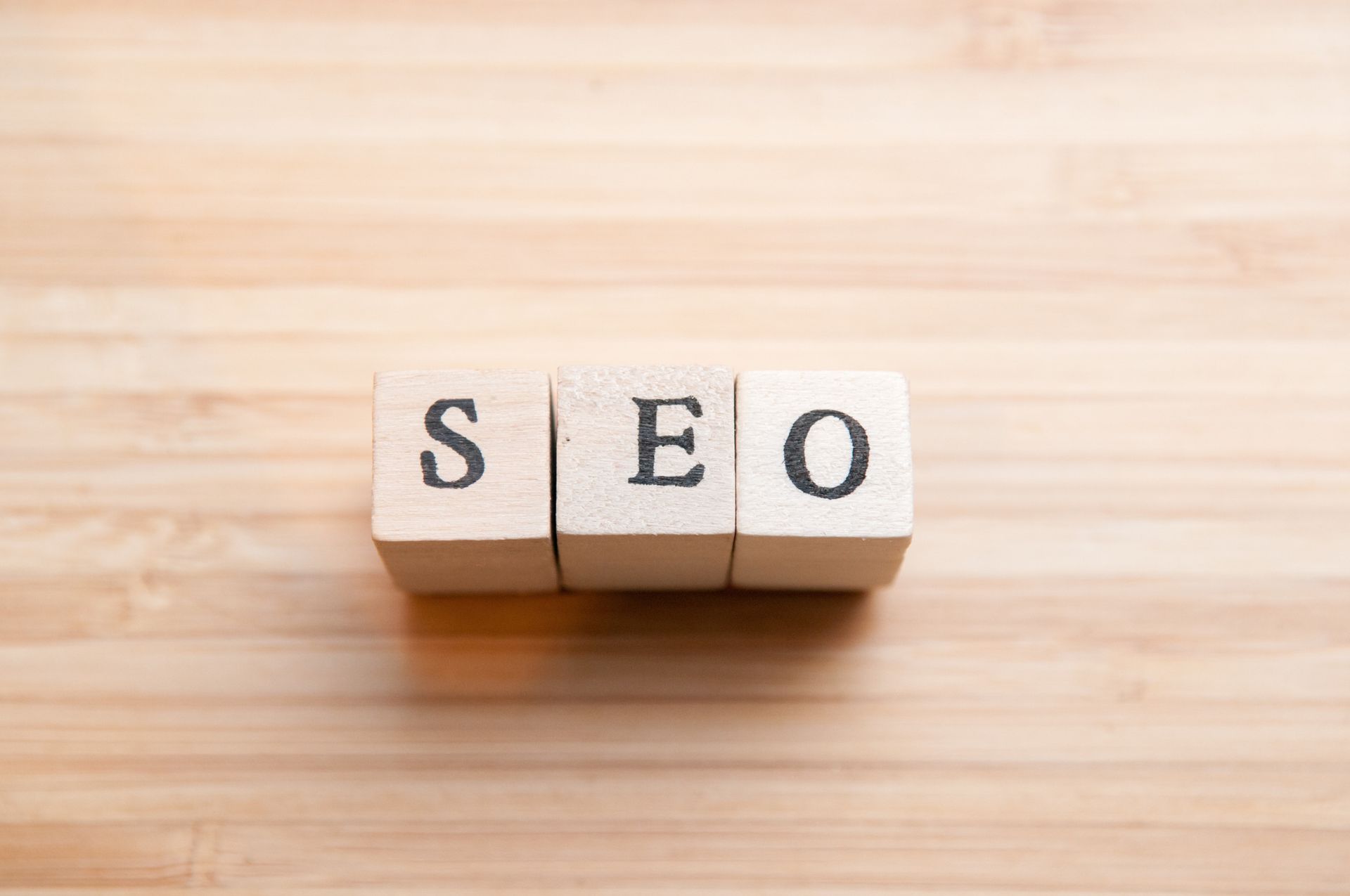How SEO is Set to Change in Web 3.0
SEO is constantly evolving alongside changes in technology, user behavior, and online ecosystems. If the leaps from Web 1.0 to Web 2.0 reshaped how businesses interact with audiences online, the emergence of Web 3.0 promises to rewrite the rules entirely.
Web 3.0 is not just a buzzword; it’s an internet revolution grounded in decentralization, blockchain, and AI. For business owners relying on SEO to drive traffic, this shift represents both challenges and opportunities.
Understanding how SEO will adapt in this decentralized, smarter, and user-focused internet is essential to maintaining your competitive edge.
This blog post will explore what Web 3.0 is, how its core components impact SEO, and concrete, actionable steps to prepare for this new era. Let’s jump in.
What is Web 3.0?
Web 3.0, often called the “decentralized web,” represents the next phase of the internet’s evolution. Unlike Web 1.0, which was largely static, or Web 2.0, which introduced interactivity and user-generated content, Web 3.0 focuses on decentralization, enhanced user privacy, and smarter interactions through AI.
Core Components of Web 3.0
- Decentralization: Where Web 2.0 relies on centralized servers owned by large corporations, Web 3.0 uses blockchain technology to distribute data across networks. This provides users with greater control over their information and reduces dependence on intermediaries.
- Blockchain: Blockchain is a secure, transparent ledger system where every transaction is recorded and verified across a network. Beyond cryptocurrencies like Bitcoin, blockchain powers innovations such as smart contracts, funding transactions, and verification of ownership.
- Artificial Intelligence (AI): AI within Web 3.0 makes search engines smarter and capable of understanding context and meaning. This shift moves us from traditional keyword matching to semantic understanding.
- Semantic Web: Central to Web 3.0 is the Semantic Web, which aims to make data machine-readable. It enhances the relationship between data forms, allowing search engines and platforms to understand user intent more effectively.
Why Does Web 3.0 Matter to SEO?
Simply put, the foundation of Web 3.0 challenges traditional SEO methods. Businesses that fail to adapt risk losing organic visibility in a new and rapidly evolving search landscape.
How Web 3.0 Will Impact SEO
Web 3.0 will transform SEO in ways that go beyond optimizing for a centralized search engine like Google. Below are the major changes business owners need to prepare for:
1. Greater Importance of Semantics
Search engines in Web 3.0 will rely heavily on the Semantic Web to interpret the intent behind user queries. Keywords will take a backseat to context, relationships among terms, and meaning.
Implication: Content must be optimized for intent and context rather than just volume and density of keywords.
2. Authenticity and Verified Content
Blockchain will allow users to verify the origin of content, making trust and authenticity paramount. Digital signatures attached to articles, videos, or any content will make plagiarism and false information easier to identify.
Implication: Businesses must create original, authenticated content to remain visible and credible.
3. Decentralized Search Engines
Platforms like Presearch and BitClave provide user privacy and decentralized data management, moving away from traditional giants like Google. These engines reward ethical use of data and transparency.
Implication: SEO strategies will need to account for diverse search engines, focusing on decentralized platforms as well as traditional ones.
4. Personalized Experiences Through AI
AI-driven SEO and content personalization will take center stage. Algorithms won’t just look at what the user searches but why they need the information. Predictive search will tailor results to individuals.
Implication: Businesses will need to craft personalized, user-centric content, addressing diverse needs within their audience base.
5. Voice Search and Natural Language Interfaces
Voice search is already gaining momentum, but Web 3.0 will take it up a notch with AI understanding conversational and long-tail queries more contextually.
Implication: Optimizing for natural language and voice search will be critical.
Actionable Strategies to Prepare for SEO in Web 3.0
Here’s how business owners can adapt for effective SEO in the decentralized Web 3.0:
1. Prioritize Intent-Based Content: Understand the pain points, goals, and motivations behind your audience searches. Craft content that answers their specific needs. Use tools like Google People Also Ask and Answer the Public to shape intent-driven topics.
2. Integrate Structured Data Markup: Schema markup provides search engines with added context about your content. Use structured data to enable search engines to interpret the relationships between entities and context better.
3. Explore and Optimize for Decentralized Platforms: Start experimenting with decentralized search engines like Presearch to understand how they work. Ensure your website is accessible to these engines and compliant with Web 3.0 technologies.
4. Enhance Credibility and Transparency: Blockchain verification of content will require businesses to be far more transparent. Use content authentication tools when posting blogs, articles, or videos. Audiences and search engines will heavily favor brands that focus on genuine, high-quality content.
5. Optimize for Voice Search: Begin optimizing with natural language SEO strategies by focusing on long-tail keywords and incorporating conversational phrases into your content.
6. Invest in AI Tools for Competitive Edge: Use AI-powered tools for content generation, predictive analytics, and hyper-personalization. Platforms like Jasper or Outwrite can help refine your copy, while customer engagement tools like chatbots powered by AI can enhance user interaction.
7. Build a Decentralized Presence: Secure your business’s presence on decentralized platforms and explore blockchain-based tools for marketing, digital identity, or even loyalty programs.
Preparing for a Web 3.0-Driven Future
The arrival of Web 3.0 marks a significant shift in how businesses interact with the online world. The technologies driving this revolution ensure that SEO will no longer solely revolve around traditional search engines. Instead, it will focus on user intent, authenticity, and personalized interactions.
For business owners, adapting to Web 3.0 is not optional; it’s critical. The companies that stay ahead of the curve, refine their SEO strategies, and leverage Web 3.0 technologies are the ones that will thrive in this new era.
If navigating this transformation feels overwhelming, GSD Profit Acceleration is here to help. Our team provides SEO services tailored for Web 3.0 readiness. We’ll ensure your business not only survives this shift but dominates it.
Contact us for a free consultation today and start preparing to thrive in Web 3.0!









